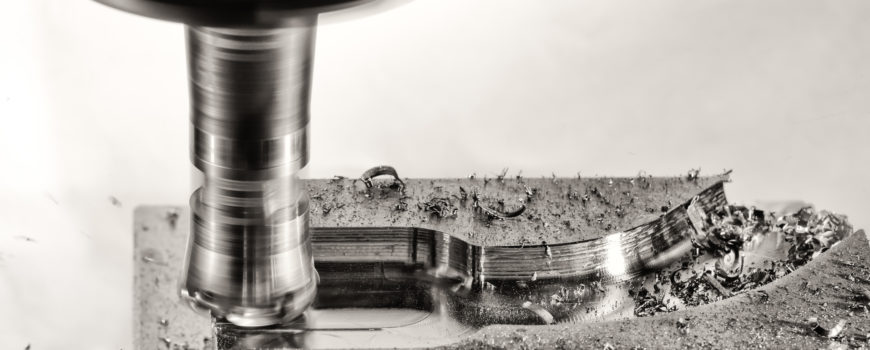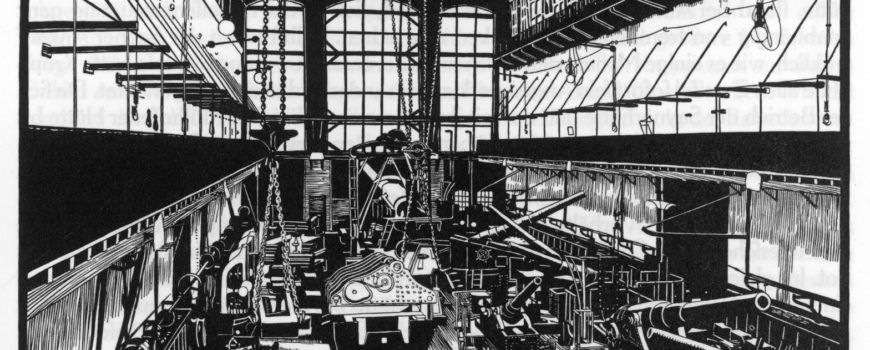2018 is already off to an exciting start when it comes to CNC manufacturing and CNC automation. The US economy is improving, jobs and growth are projecting higher for US manufacturing for the coming years, and new technologies are emerging in CNC automation. Here’s a look at some of the top machining technology trends for the coming year (and beyond).
1. Demand for Machine-Tooled Products Is Increasing
Consumer confidence is on the rise and the US economy is ramping up after a slowdown of many years. This means the demand for machine-tooled products will be on the rise as well. New changes to US tax laws and trade policies are increasing the demand for domestic manufacturing. This will also make it easier for new CNC manufacturing startups to get off the ground, because they can be more competitive with established overseas machining operations.
2. CNC Growth Projections Are High
CNC manufacturing is projected to grow in demand across nearly every sector this year. Take a look at the estimated 2018 growth in CNC industries from an analysis by Gardner Business International:
Medical Devices & Instruments: 5.1 percent increase
Surgical Instruments: 3.1 percent increase
Automotive Manufacturing: 2 percent increase
Aerospace Parts & Engines: 3 percent increase
3. Demand for CNC Manufacturing Jobs Projecting Upward
This is actually a “good news and bad news” trend for the moment, with the bad news coming first. The CNC manufacturing sector overall was not ready for the increased demand for precision machined products. In the short term, the skilled labor gap is going to get worse than it already is. Mechanical engineering schools don’t have a lot of new slots opening up, while the industry needs skilled and trained workers for CNC automation and machining. Bottom line: There aren’t enough workers to keep up with demand in the short term. However, that is good news in the long run. The job outlook for the CNC Manufacturing sector looks better and better through 2018 and beyond.
4. More Touchscreen Controls
Companies that make precision CNC machining equipment are rapidly implementing more touchscreen controls. The controls make it easier and faster to pre-program machinery and tools for 3D cutting tasks. Program navigation, editing, creation and verification are all made easier by implement touchscreen controls with manual keypads. CAD/CAM programming and USB communication with interfaces allow even more options, versatility and ease-of-use on the machining shop floor. The implementation of touchscreen controls has added more speed to the CNC machining process, which is great when manufacturers want to quickly push more product out the door.
5. Robotics & Regulations
As the CNC manufacturing sector continues to expand, human engineers are increasingly working in proximity to robots. State and federal government will eventually step in with new regulations related to functional safety. While it hasn’t happened yet (beyond regulations that are already in place under OSHA), the industry is holding its breath for when that day comes. When it does happen, it will likely have a ripple across the domestic CNC manufacturing industry which will increase product costs for consumers.











